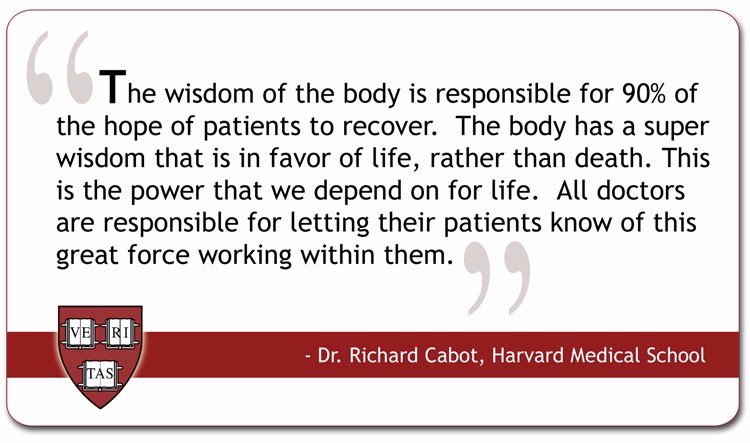Tone as a Health Concept: An Analysis
SOURCE: Complement Ther Clin Pract. 2017 (Nov); 29: 27–34
Donald McDowall, Elizabeth Emmanuel, Sandra Grace, Marilyn Chaseling
School of Health and Human Sciences,
Gold Coast, Southern Cross University,
Lismore, NSW, Australia
STUDY DESIGN: Concept analysis.
INTRODUCTION: This paper is a report on the analysis of the concept of tone in chiropractic.
PURPOSE: The purpose of this paper is to clarify the concept of tone as originally understood by Daniel David Palmer from 1895 to 1914 and to monitor its evolution over time.
METHODS: Data was sourced from Palmer’s original work, published between 1895 and 1914. A literature search from 1980 to 2016 was also performed on the online databases CINHAL, PubMed and Scopus with key terms including ‘tone’, ‘chiropractic’, ‘Palmer’, ‘vitalism’, ‘health’, ‘homeostasis’, ‘holism’ and ‘wellness’. Finally hand-searches were conducted through chiropractic books and professional literature from 1906 to 1980 for any references to ‘tone’. Rodgers’ evolutionary method of analysis was used to categorise the data in relation to the surrogates, attributes, references, antecedents and consequences of tone.
RESULTS: A total of 49 references were found: five from publications by Palmer; three from the database searches, and; the remaining 41 from professional books, trade journals and websites.
There are more articles like this @ our:
MAJOR CONCLUSIONS: There is no clear interpretation of tone in the contemporary chiropractic literature. Tone is closely aligned with functional neurology and can be understood as an interface between the metaphysical and the biomedical. Using the concept of tone as a foundation for practice could strengthen the identity of the chiropractic profession.
KEYWORDS: Tone, Chiropractic, Daniel David Palmer, Homeostasis, Wellness, Rodgers’ evolutionary concept analysis
From the Full-Text Article:
Introduction
Tone has been described as the passive neurological condition of strength found in all body tissues. [30] For this reason, gymnasts quest for it, body builders exhibit it and personal health requires it. In the health discipline of chiropractic, tone is a foundational principle for practice. [36] Despite this, tone, and its relevance to contemporary practice, is not well understood. [24, 57, 60] A comprehensive understanding of tone may help explain the schism that has emerged in contemporary chiropractic practice between reductionism and holism. [22]
Background
Since antiquity, ‘tone’ has had multiple meanings that have led to confusion and controversy about its meaning. [30] Tone evolved from the ancient Greek root word ‘tonus’ to describe the breath of life that inhabits the human body. [40] This meaning extended into the realm of metaphysical constructs tha were difficult to research and validate with scientific methods. [13, 40] Donahue [7] discussed the two disciplines of Greek healing located at Cnidus and Kos in Asia Minor and compared them to modern chiropractic concepts. He explained that the Cnidian concept is similar to the modern medical theory of reductionism, or reducing the function of humans and nature into parts. [4] The Koan perspective is a holistic study of health and disease, similar to the chiropractic concept of tone. [7] The Koans regarded disease as a disruption of tone or functional unity, leaving the whole person out of balance with nature. They believed in the body’s natural ability to heal itself. This ability has been referred to by Hippocrates as ‘vis medicatrix naturae’, a Latin term for his self-healing philosophy. [36]
Read the rest of this Full Text article now!





Leave A Comment